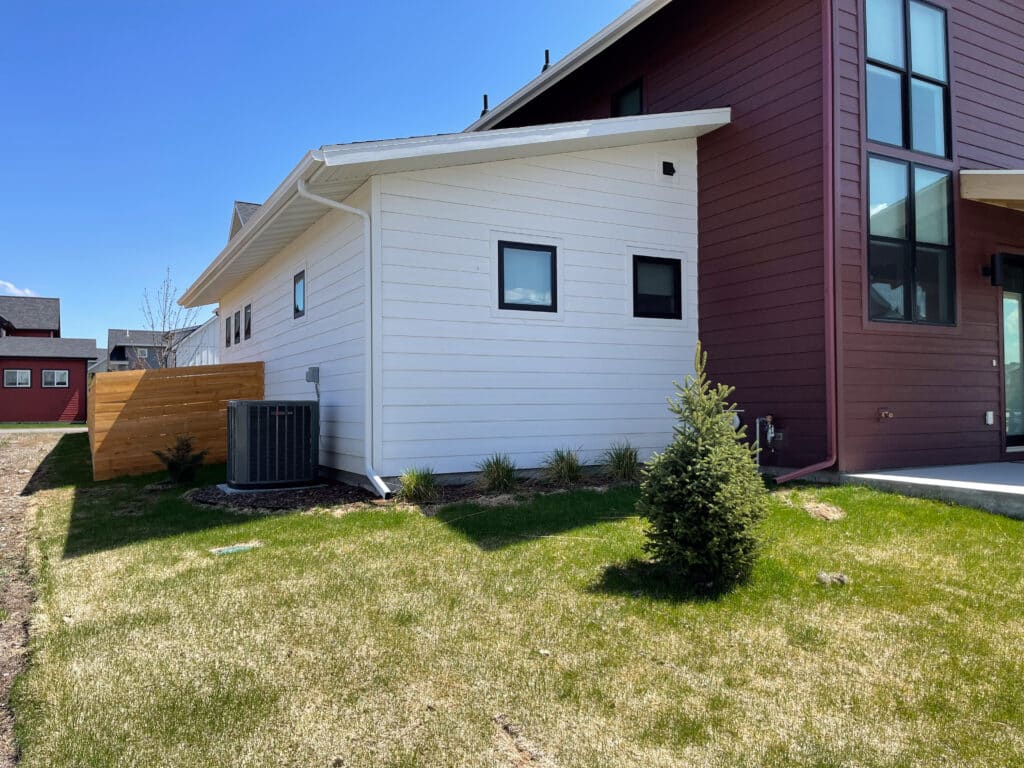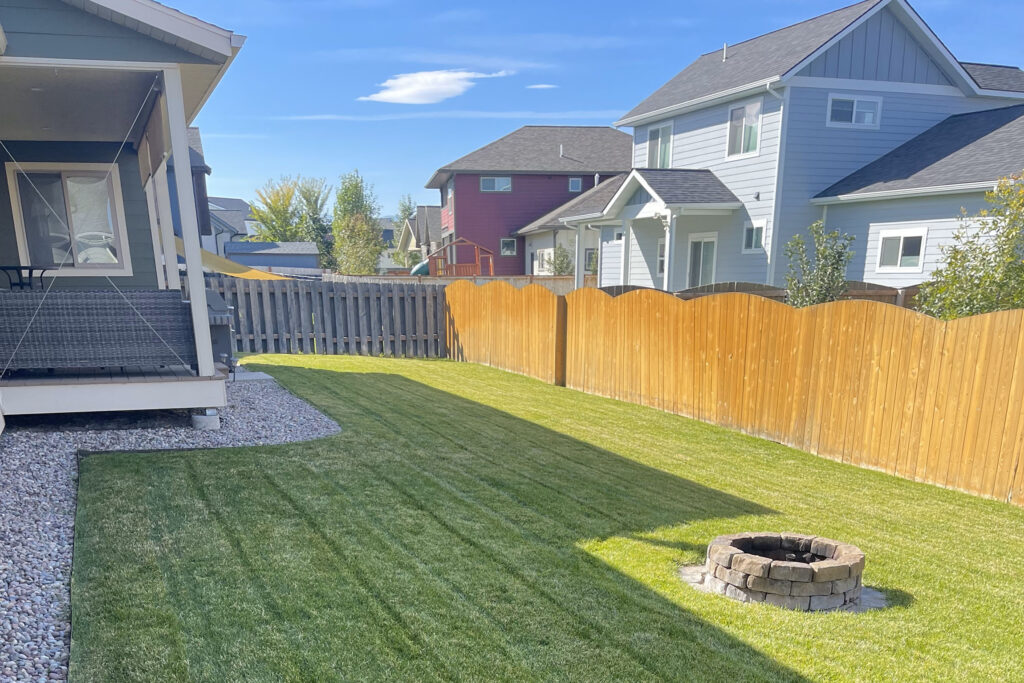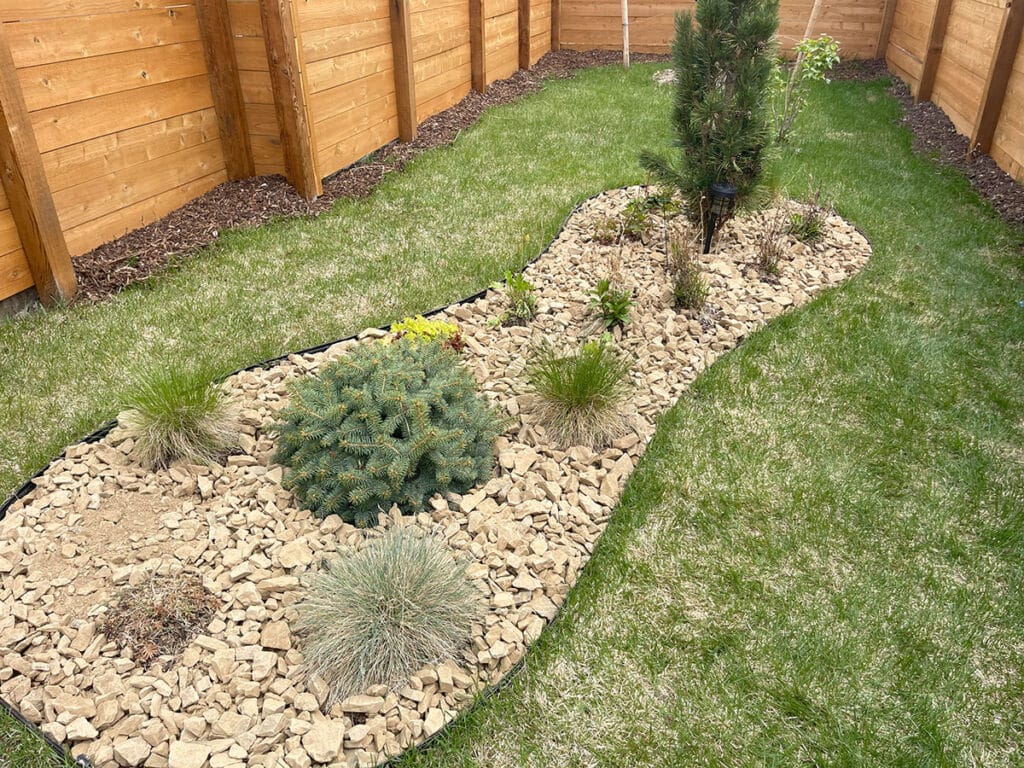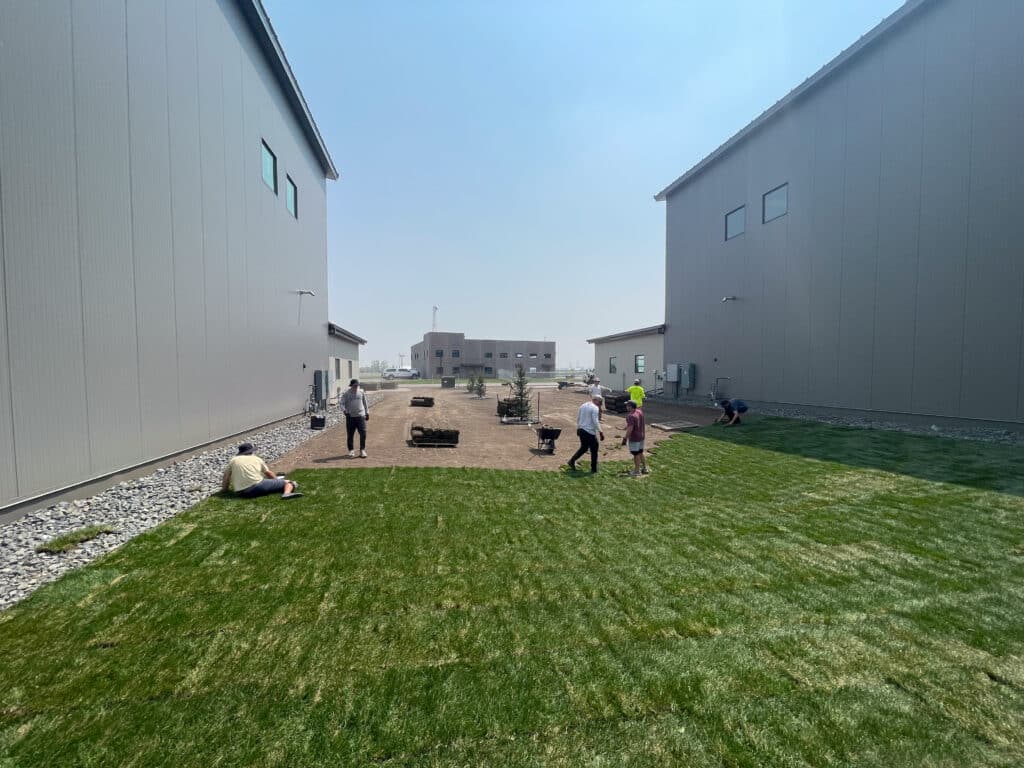Include plants with varying bloom times, foliage colors, and textures to ensure year-round interest in your softscape design.
Designing a softscape for all seasons involves thoughtful planning and strategic plant selection to ensure visual interest, color, and texture throughout the year. Here’s a step-by-step guide to help you design a softscape that thrives in every season:
Design Procedure
1. Assess the Site
Evaluate the site conditions, including sunlight exposure, soil type, and drainage.
Identify microclimates within your garden to understand varying conditions.
2. Create a Plant Inventory
Make a list of plants you currently have in your garden.
Identify their blooming seasons, foliage characteristics, and any seasonal interest they provide.

3. Research Plants
Research and select a diverse range of plants with staggered blooming periods.
Consider plants with interesting foliage, bark, or structure for year-round appeal.
4. Plan for Spring
Integrate early spring-blooming bulbs like tulips, daffodils, and crocuses.
Choose flowering shrubs and perennials that bloom in spring.
5. Select Summer Bloomers
Include a mix of perennials, annuals, and shrubs that bloom throughout the summer.
Consider plants with vibrant colors and various flower shapes.
6. Incorporate Fall Foliage
Choose deciduous trees and shrubs that offer stunning fall foliage.
Include plants with reds, oranges, and yellows to create a vibrant autumn display.
7. Plan for Winter Interest
Select evergreen plants, conifers, and shrubs with interesting bark for winter.
Include plants with persistent seed heads for added texture.
8. Consider Berries and Fruit
Include plants that produce berries or fruit, providing food for wildlife.
Berries add color and interest in fall and winter.
9. Design with Color Schemes
Create color schemes that complement each season.
Plan for a harmonious flow of colors from spring to winter.
10. Integrate Texture and Form
Choose plants with diverse foliage textures and forms.
Combine fine-textured plants with bold or coarse-textured ones for visual interest.
11. Utilize Vertical Space
Use climbing plants, vines, or tall perennials to add vertical interest.
Vertical elements contribute to a layered and dynamic softscape
12. Plan for Fragrance
Include fragrant plants that bloom in different seasons.
Fragrance enhances the sensory experience of your garden.
13. Create Focal Points
Designate focal points with specimen plants or interesting garden features.
Focal points can draw attention and provide interest year-round.
14. Consider Seasonal Changes in Light
Plan for how sunlight patterns change with the seasons.
Ensure that plants with specific light requirements are placed accordingly.
15. Use Containers for Seasonal Variety
Plant containers with seasonal annuals or bulbs to add variety.
Move containers to strategic locations for changing focal points.
16. Group Plants Strategically
Group plants with similar water and maintenance needs.
Strategic grouping makes care more efficient and ensures a cohesive look.
17. Think Beyond Flowers
Include plants with interesting foliage, bark, or seed pods.
Non-flowering elements contribute to the overall appeal.
18. Plan for Sustainable Practices
Choose native and drought-tolerant plants for sustainability.
Incorporate eco-friendly practices into your gardening routine.
19. Implement Seasonal Maintenance
Schedule seasonal maintenance tasks, including pruning, fertilizing, and mulching.
Regular maintenance ensures the health and vitality of your softscape.
20. Create Outdoor Rooms
Design outdoor spaces with specific themes or plant palettes.
Each outdoor room can have a unique character and seasonal emphasis.
Final Thoughts
By carefully considering the characteristics of plants and their seasonal attributes, you can create a softscape that offers beauty and interest in every season. Remember to adapt your design based on local climate conditions and the specific needs of the plants you choose. Regular maintenance and a well-planned design contribute to the success of a year-round softscape.



